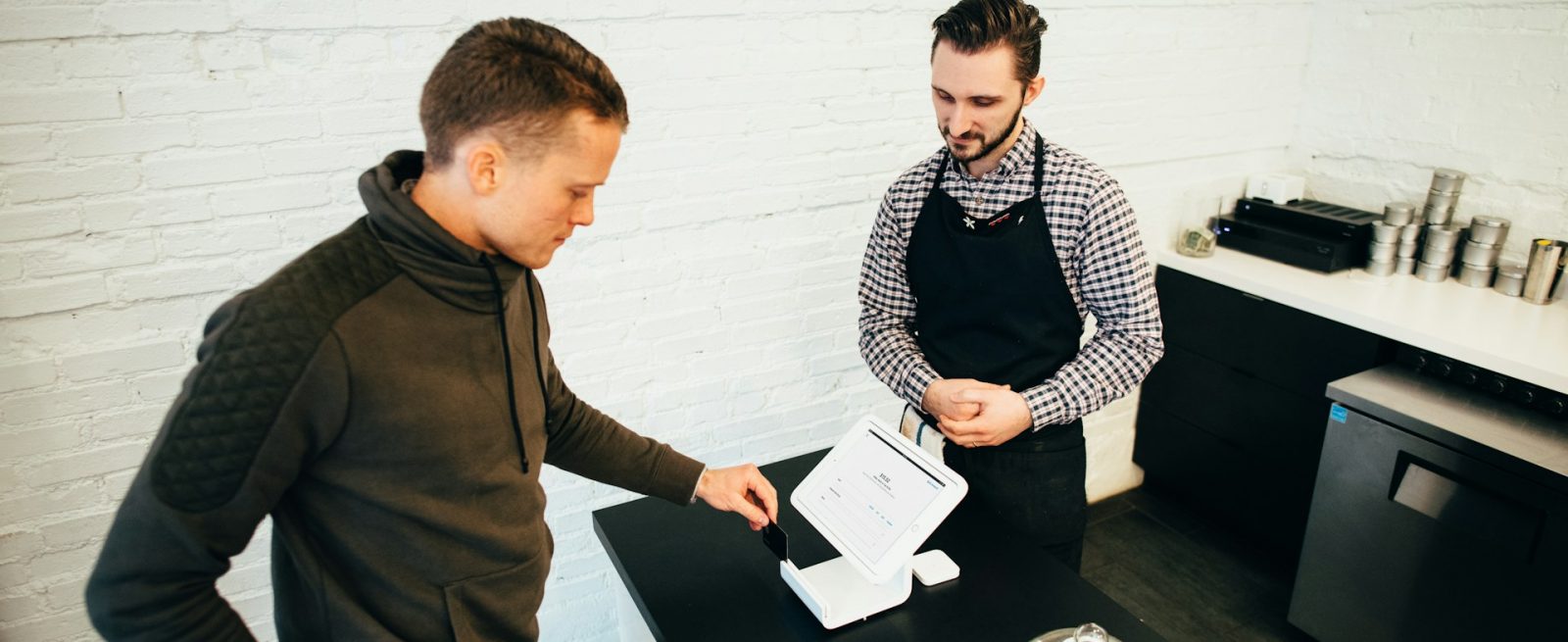Tipping Divide Is Not Too Wide
3 Min Read By MRM Staff
Tipped restaurant workers are not too worried that more businesses outside the industry asking for tips will negatively impact their own tips — 64 percent say it has had no impact, while percent say it’s even helping, according to a new report from SpotOn of restaurant workers on expectations, generational trends and payment options. The report, Beyond Gratuity: Perspectives of Restaurant Staff on Tipping Practices, reveals that two-thirds of workers report their tips have stayed the same or decreased in the last twelve months, and more than half of tipped workers expect a modest 15 percent to 19 percent tip.
Among the highlights:
- When it comes to pre-set tip amounts, 43 percent of tipped workers say that predefined tip amounts on point-of-sale systems are actually helpful to both guests and servers. When asked what the predefined tip amounts should be, most respondents selected the standard 12 percent, 15 percent, and 20 percent options. A further 43 percent indicated that even a 10 percent option would be suitable.
- Nearly half (47 percent) of survey respondents who receive tips said they feel positively about the current tipping culture in the restaurant industry, and only 8 percent felt that tipping culture is negative and harming the industry.
- When they choose to dine out at restaurants, industry workers are big spenders, with nearly half doling out 20 percent tips or higher. While they believe they are better tippers from working in the industry, they expect less from their customers.
- Sixty eight percent of respondents work at restaurants that do not currently charge a service fee, showing that the additional charge is less widely used than it may seem.
- If their restaurant does add an automatic gratuity, 46 percent of tipped workers do not expect customers to leave an additional tip.
Restaurant workers and their guests may have similar expectations around standard tip amounts, but more than half of tipped workers surveyed believe customers do not understand how tips factor into their take-home pay.. To combat inflation and rising costs without raising menu prices to unachievable levels, restaurant operators are turning to tech solutions to make the dining experience better for both guests and workers.
Kevin Bryla, CMO & Head of Customer Experience at SpotOn, answered some questions for Modern Restaurant Management (MRM) magazine.
In what ways is the tipping process evolving, particularly for restaurant workers?
We’ve seen tipping expand into non-traditional spaces, but tipped workers don’t feel the expansion is hurting their tips; workers are happy with the current tipping culture and the 15-20 percent status quo. Where we have seen changes is how tech is impacting the staff and guest experience. At SpotOn, we’re seeing handheld point-of-sale devices speed up the order and payment process. This frees up servers to focus on the guests, and that’s producing happier guests—and more generous tips.
What about tipping do restaurant workers feel guests don’t understand?
Restaurant workers believe guests don’t fully grasp how tips contribute to their overall wages. Let’s be honest; the restaurant industry’s compensation model is complex. On top of that, restaurant wages vary from state to state and even from restaurant to restaurant. Between minimum wage increases, tip pooling, and service fees, all guests see is a smorgasbord of confusing “extra” costs. More than half of tipped workers feel restaurant customers lack understanding in this regard. It scores the need for greater consumer awareness and education about the role tips play in workers’ incomes.
Where do you see the conversation about tipping going over the next few years, and what role does technology play?
Over the next few years, the tipping conversation is likely to evolve as restaurants test out new approaches and face new pressures. We’re already seeing more than 100 different tipping models amongst restaurants using our Teamwork product for labor, scheduling, and tip management. There are some discussions in the industry about alternative compensation models that would eliminate tipping in favor of higher wages. But we’ve seen this before, and this practice didn’t gain momentum. Whatever the future brings, technology will play a bigger and more crucial role. Restaurants are looking to create a seamless ordering and payment process and enhance guest and employee experiences, and tech will help them get there. If anything will drive changes in tipping, it will be technology adoption and how it impacts the guest experience.

